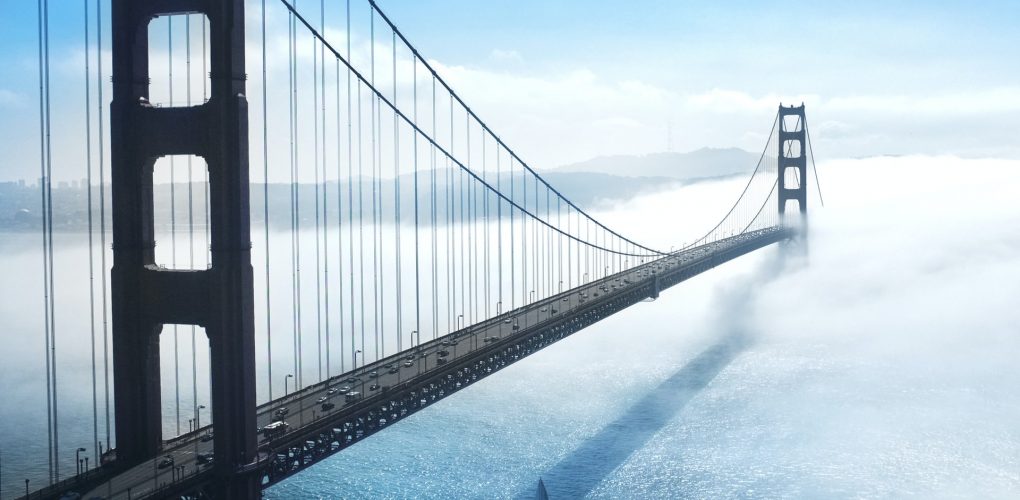Unmanned aerial systems (UAS) solutions, which are essentially cutting-edge drones with high-definition cameras and other equipment attached to them, are extremely valuable tools on bridge inspection sites. They are used to collect data, conduct visual inspections, build three-dimensional models, and more. However, they have their limits. These include:
- It’s often difficult for UAS to reach intricate, complicated, or congested areas of bridges. Even when they can, it may be impossible for the cameras to scan them completely. When this is the case, it usually makes sense to use the virtual technology to do an initial check, looking for obvious damage. If something seems like it could be amiss, humans using ropes, power seats, or lifts can be deployed to conduct more in-depth inspections. In most situations, the preliminary virtual inspection makes the follow-up, hands-on inspection faster and more efficient, reducing the potential risks.
Tip: If you want to lower risk levels when conducting hands-on bridge inspections, use lifts like the ones offered by BridgeMasters rather than less stable ropes and other types of climbing gear. Lifts provide a more solid and secure inspection experience.
- It’s often challenging for bridge inspection teams to get permission to use UAS near airports, heliports, and other sensitive flight areas. Their use is also limited in areas where wireless communication could impact safety. In situations like this, hands-on inspections may be the only possibility.
- In most cases, a lane of traffic must be closed down to accommodate a UAS and its operator. On some bridges, it’s impossible to do this during daylight hours. When lane closures can’t be accommodated, it’s necessary to use manual inspection techniques supported by small-scale climbing equipment, including lifts with compact bases and profiles, ropes, and power seats.
- Windy conditions on bridges, as well as magnetic interference issues, often make it difficult to keep UAS stable when in flight. This can make it almost impossible to get clear images from them. In these circumstances, hands-on inspections may need to be done to supplement or replace virtual ones.
- UAS are used to photograph every aspect of a bridge, so three-dimensional photographic models can be created from thousands and thousands of images. These models are powerful inspection tools in the moment and can help monitor the overall decline of bridges over time. However, certain areas of the structures, such as the parts under arches and cable connections, are hard to photograph. That means the models must be supplemented with physical inspections.
- Lighting, sun angle, coloring, and camera capabilities can also limit the effectiveness of virtual inspections, often making it necessary to follow them up with in-person ones.
- A virtual inspection is only as good as the equipment used to conduct it. These types of inspections are often viewed through tablet devices and computer screens. Anyone who has viewed anything on screens, even the most high-definition ones, knows that images can be fuzzy or pixelated. Any time there’s doubt about an on-screen image, it’s prudent to follow up the camera inspection with a hands-on one.
In the end, virtual bridge inspections provide great value. However, it’s rare to be able to depend on them exclusively. In some cases, it’s impossible to use them at all because of spatial, physical, or technical reasons. That’s why, even in today’s tech age, high-touch inspections will continue to be necessary for the foreseeable future. Technology is awesome, but humans will always play a critical role in the bridge inspection process.
If you want to limit the risks associated with physical bridge inspections, always use the latest equipment to get to hard-to-reach areas of the structures. Make sure it’s installed and used correctly, with all safety protocols in place. A good example of safe bridge inspection equipment are the lifts offered by BridgeMasters. Different models can be used on almost any type of bridge and configured to reach any part of it. It’s a more secure option than ropes, pulleys, and chair lifts. Contact a BridgeMasters expert to find out about all the available options.

